By: Yair Ramati, Yaakov Lappin, and Tal Beeri
Since the Iranian Supreme Leader, Ayatollah Khamenei, began to share his vision for the proliferation of precise weaponry to Iran’s proxies about 14 years ago, Hezbollah has built up its force not only on the basis of the quantity of missiles and rockets, but also based on their quality and, more importantly, their precision. Today, more than ever, Hezbollah is advancing into the world of precision, as a kind of ‘substitute for air force.’
The precision revolution was first and foremost realized in Iranian ballistic missile development for long, medium, and short ranges, which in the past were conical (conical warhead – for aerodynamic improvement) only, and today almost all of them are equipped with steering wings, whether they are liquid or solid fuel missiles. Many of them now appear with four fins, allowing maneuvering during atmospheric entry based on GNSS (GPS and GLONASS) and inertial guidance. Thus, precision levels between 10 meters to 50 meters, and even more precise than that, are achieved.
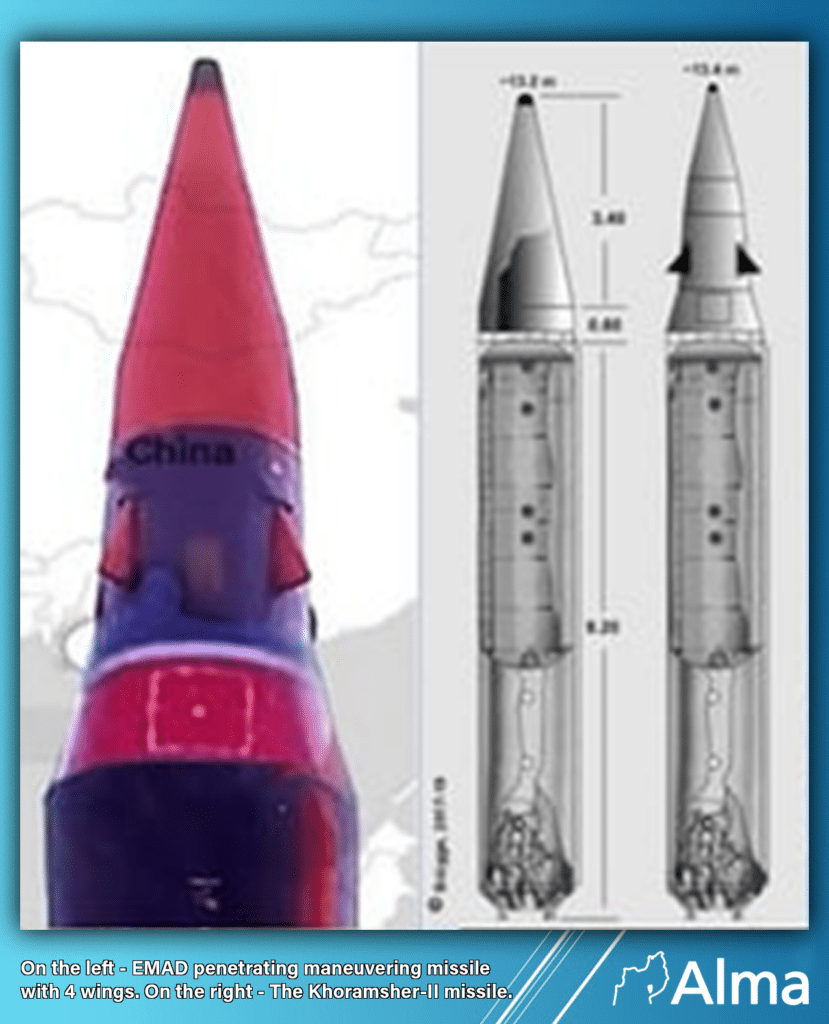
The Iranian Zelzal (“earthquake” in Persian) rockets were the basis for an entire family of trajectory weapons, and they were upgraded by Iran and Hezbollah into precise missiles. The newer, upgraded family is known as Fateh 110, from which significantly longer-range ballistic missiles were developed.
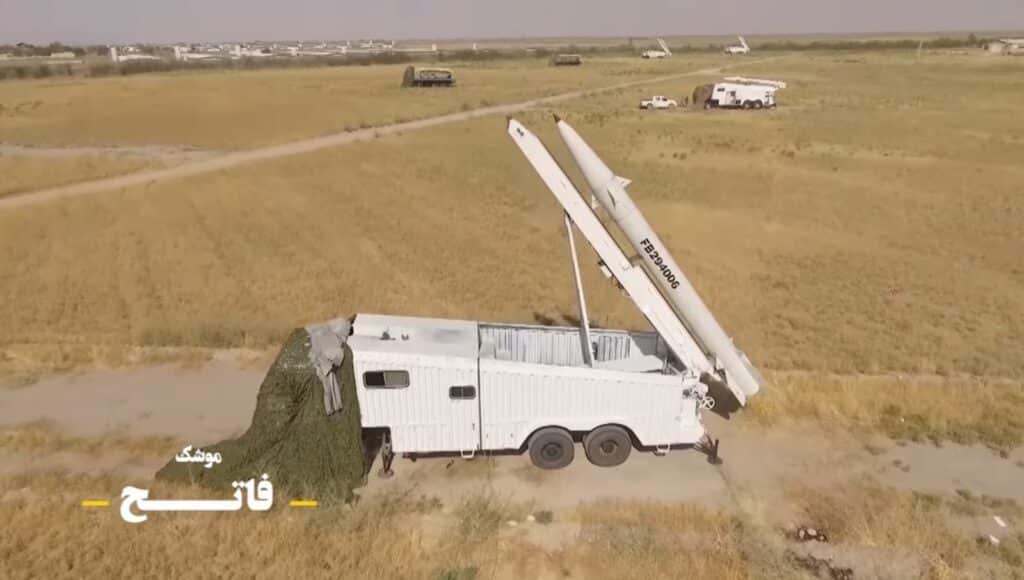
The upgrade to precision capability also reached some of Hezbollah’s short-range rockets: the Grads with a diameter of 122 mm, the Fajr-Khaibar missiles, and including the missile versions of the Fateh 110s in Hezbollah’s possession.
It is highly likely that an increasing number of Hezbollah’s short-range Grad rockets and other rockets have become precise guided weapons.
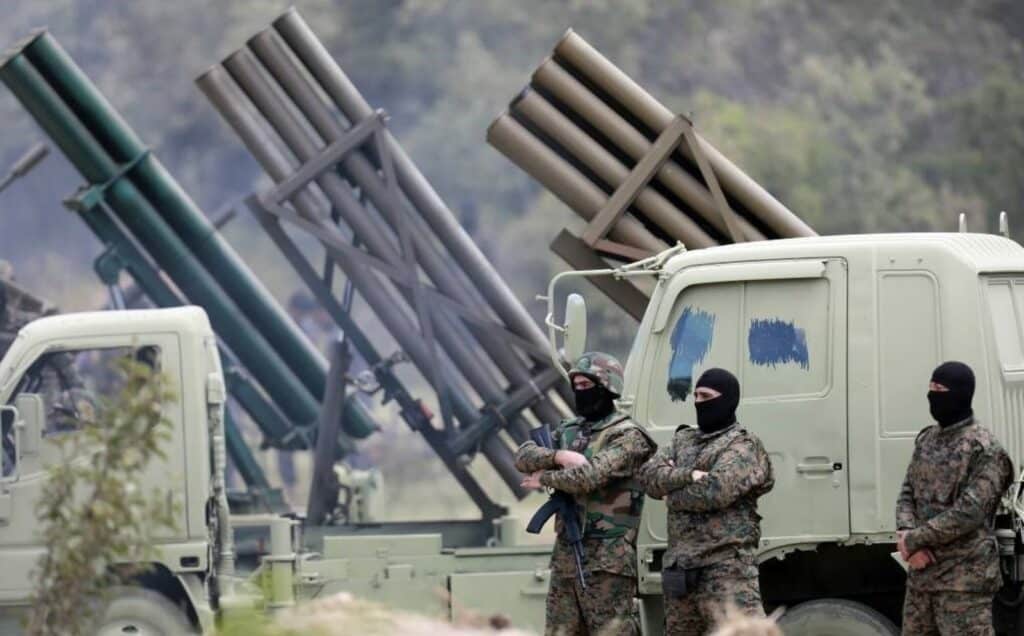
Why upgrade to precise projectiles, and what is technically required to do so?
An optimal and balanced design of statistical (unguided) rockets can achieve a precision integration of 1% from the rocket’s range. Therefore, a 122 mm Grad for a range of 20 or 40 kilometers will have a precision strike ability of 200 to 400 meters. This can be justified for an intention to hit a large target. In contrast, precise rockets achieve a constant precision level regardless of range, with a Circular Error Probable (CEP) of 10 to 50 meters – which makes them relevant against small targets.
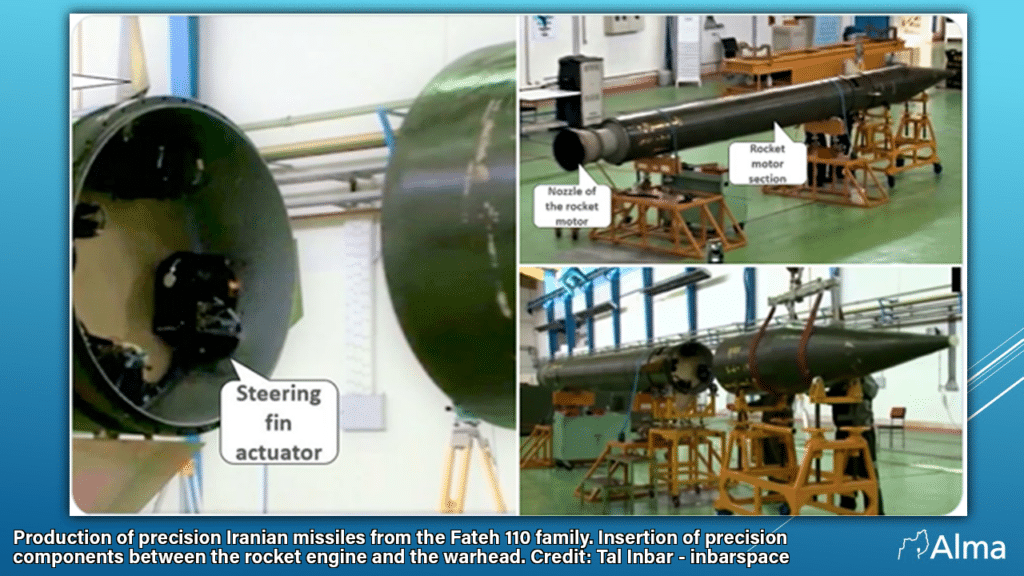
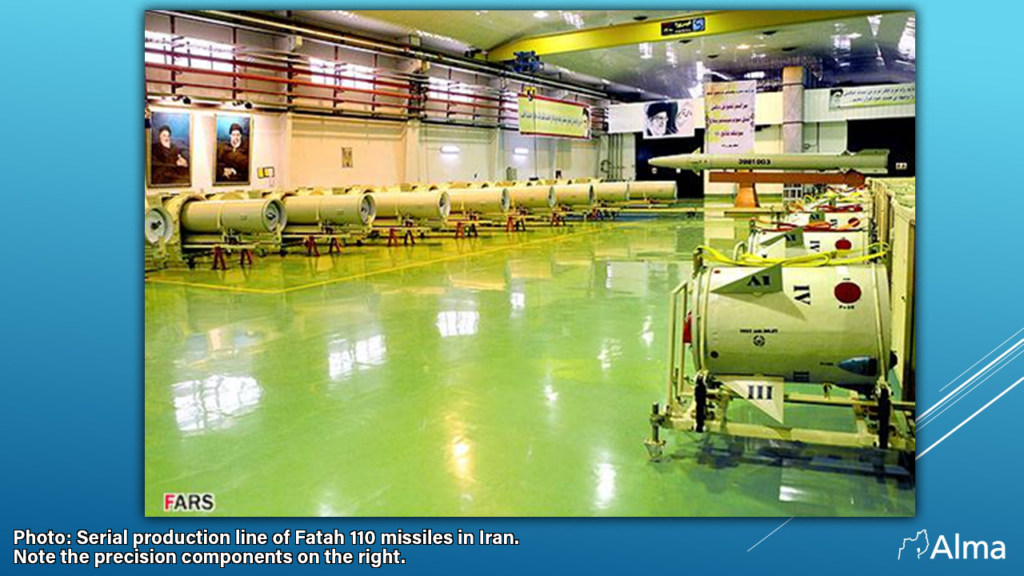
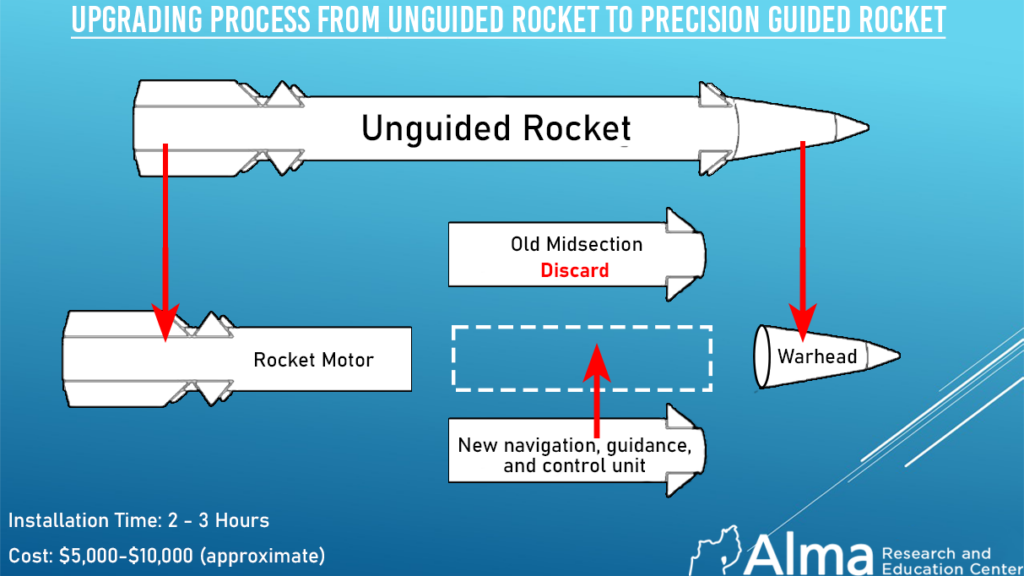
Iran already presented precise Falaq rockets equipped with navigation systems. We do not know at this stage if the Falaq type rockets fired by Hezbollah in the current conflict with Israel were with precision components. In any case, Hezbollah, with the assistance of Iran, is upgrading its precise capabilities with additional long-range weaponry, such as cruise missiles and attack UAVs.
In the image: Guided Falaq – 2 missiles launched from containers mounted on a small truck.
Utilizing the activation of precise fire systems:
Utilizing the activation of precise strike systems requires additional areas of expertise such as the ability to maintain a target database, and adapting the operational plan of the fire systems in relation to the targets, control over the preparation processes for launch and loading target data, supplying electric energy to the guidance component, and more.
It is worth noting that if the goal of Grads is to hit a city (a large dense urban area), Hezbollah does not need to convert so many Grad rockets into precise ones, a process which is, as mentioned, expensive. It is more likely that Hezbollah would prefer to produce a mix of statistical rockets for firing towards the general area and precise rockets for focused firing on prioritized targets. It is reasonable to assume that a significant part of Hezbollah’s rocket arsenal will remain statistical (unguided and imprecise).
In addition, air defense systems deal with both types of threats mentioned above (statistical and precise) through hard defense, – meaning a direct hit. Precise munitions with sensors can sometimes also be dealt with by employing soft defense, such as electronic warfare (EW).
Operationally, considering all of the above, when Hezbollah wants to inflict massive damage in the border area using short-range rockets, there would be no reason for it to invest in precision capabilities (it already has precise anti-tank missiles, which can be combined with attacks by drones). But if Hezbollah wants to hit specific targets in the Haifa Bay area for example with these rockets, then such a capability becomes very relevant.
The precision process is not limited to Ira’s military industries:
What starts in Iran goes on to spread to the regions where Iran’s proxies operate, in a relatively short time period. Indeed, part of this weaponry reached Hezbollah in precise form directly from Iran, but some of it reached Hezbollah directly from the production sites of the CERS center in Syria. Another section of the arsenal was added through the supply of precision components on Lebanese soil (the precision component is the part with the precision elements inserted into the missile/rocket).
The Iranian long-term strategy designates the CERS center as a kind of ‘growth engine’ for the development and production of advanced (precise) conventional weapons, based on Iranian knowledge, on Syrian soil. In addition, the activity at the CERS center shortens and saves on the logistics of transporting the weapons from Iran – transport that is more exposed to attack/disruption and neutralization.
The main Iranian emphasis is to develop and produce on Syrian soil, through the infrastructure of the CERS center’s Institute 4000, precise missiles and rockets, cruise missiles, and UAVs. The projects at Institute 4000 are under the direct Iranian supervision of senior IRGC – Quds Force members.
For example, part of the upgrade of the Fateh 110 missiles, which are intended for transfer to Hezbollah, is conducted at Institute 4000, to where Iran transfers technical equipment intended to make these projectiles precise.
Furthermore, Institute 4000 might also be involved in implementing out the Iranian Labaik project, which is aimed at upgrading the Iranian Naze’at (“Destroyers”) rockets to precision projectiles.
These are rockets that were first used in the 1980s during the Iran – Iraq war, and subsequently served the Iranian army and the Revolutionary Guards’ ground forces for a short period until the development of more precise missiles. These rockets were produced in ten versions, are powered by solid fuel, and had various ranges, between 90 to 125 km.
The latest and tenth version has a range of 125 km, a length of 8.03 meters, a diameter of 45 cm, a warhead weight of 240 kg, and a total weight of 1830 kg. After all the upgrades, the rockets were named Labaik 1.
The importance of the CERS center as it is expressed today, lies in its being an integral part of the weapon corridor infrastructure that links Iran to Syria and Lebanon, both in terms of producing advanced weaponry and in terms of long-term storage for future use by the Shi’ite axis. The includes intermediate storage prior to the transfer of weapons to Hezbollah in Lebanon. CERS center sites effectively serve as production plants for Hezbollah under the guidance and supervision of Iranian experts.

In summary, Khamenei’s vision is coming to fruition
Israel’s enemies have long ago entered the era of precision, as the cost of acquiring these capabilities continues to decrease. The combination of quantity and quality will be the challenge that Israel faces against Hezbollah’s arsenal of rockets and missiles, as well as UAVs.
Currently, the exact number of precise munitions in Hezbollah’s possession is unknown. According to various estimates, Hezbollah has an arsenal of between tens to a few hundred precise munitions. We estimate that Hezbollah has dozens of precise Fateh 110 missiles as well as several hundred precise munitions that include short-range rockets, cruise missiles and surface-to-air missiles ( This is in addition to UAVs).





